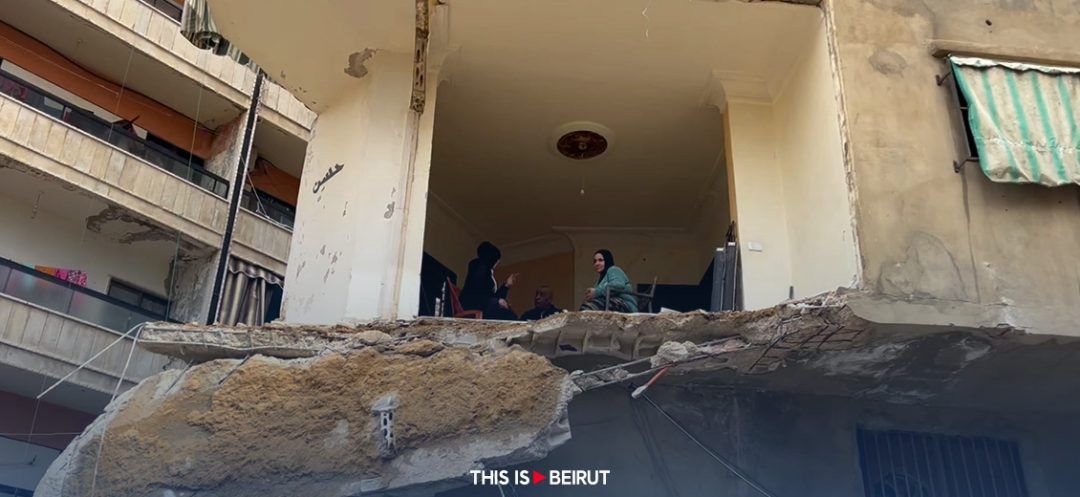
The collapse of a building in Choueifat on Sunday morning, reminiscent of past collapses such as the one in Fassouh, Achrafieh, in 2012, or the neighborhoods of the Museum and Msaitbeh in Beirut in 2017, has sparked anger and raised questions among Lebanese citizens: who bears responsibility?
While it is still early to determine the causes of the disaster, as the results of the investigation to be conducted by experts over a wide area are awaited, responsibility can be assessed at three levels. Indeed, there are three types of responsibilities, as former Minister of Justice Ibrahim Najjar explains: civil responsibility, administrative responsibility, and criminal responsibility.
Civil responsibility (towards inanimate objects) lies with the owner, according to Article 133 of the Code of Obligations and Contracts (COC), explains Professor Najjar. It is settled through payment for damages. "The owner, before proceeding with the construction of any building, must assess the nature of the soil. He must also, when it comes to apartments or office rentals, bear the maintenance costs of the building. If he fails in his obligations, he is fully responsible for such disasters," says lawyer Ali Ghosn. However, according to lawyer Abdo Ghossoub, when it comes to old rents, the responsibility of the owner, who is often receiving sums significantly lower than current market rents, may not be engaged. "How can a landlord afford maintenance work for his building with meager rents? With what means?" questions Ghossoub.
Administrative responsibility lies with local authorities (municipalities, governorates, the Ministry of Interior, etc.) when there is a failure in the application of mandatory supervision by the local administrative authority. "The municipality is also held responsible when it issues building permits, even if the plans do not comply with urban planning rules and laws," says lawyer Ghosn. This responsibility is resolved by the payment of compensation, separate from the one due by the owner, explains the former Minister of Justice in an interview with This is Beirut.
Criminal responsibility, due to negligence in the sense that public safety and health are endangered, lies with the person or entity that, having become aware of the risks of collapse, has not acted accordingly. "This responsibility is engaged in specific cases where bodily harm is reported (injuries, deaths...), when there is fraud or falsification of documents," says lawyer Ghossoub.
There is also a ten-year liability, which falls on the engineer and the contractor when the stability of the structure is affected and, therefore, when there is a design defect. Limited in time (5 years, according to Article 668 of the COC), it weighs on the builders and constitutes a five-year guarantee.
The accumulation of responsibilities is possible when several parties are implicated in the disaster. These responsibilities are then distributed depending on the importance of the role played by each of them in the "poor" construction of the building.
Read more




Comments